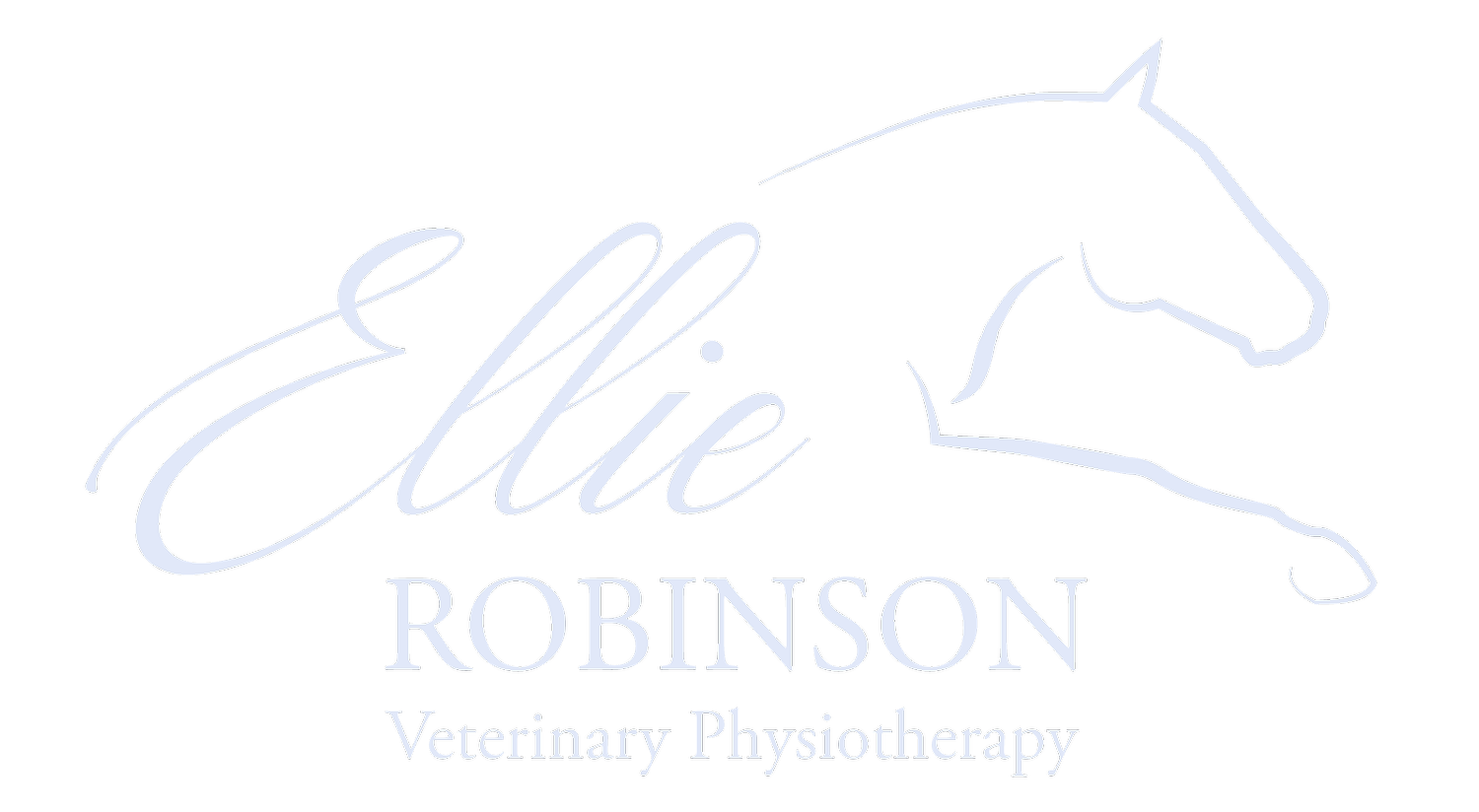
A new era in equine rehabilitation…
INDIBA is a device that operates at a fixed frequency of 448kHz, the optimum frequency to have an effect on biological tissues. Research has identified INDIBA to have the deepest penetration compared with other electrotherapeutic modalities, due to its closer circuit current. Due to this, INDIBA can be used to treat a huge variety of conditions, including;
Osteoarthritis
Osteochondritis Diseccans (OCD)
Sacroiliac dysfunction
Muscle tears/strains
Tendon and ligament injuries
Wounds
Overriding dorsal spinous processes (kissing spines)
Bone splints
Laminitis
Head shaking.
As well as treating diagnosed conditions, INDIBA can also be used to enhance performance by improving muscle function and promoting tissue recovery. Therefore, INDIBA can be used pre/post-competition and as a maintenance treatment in addition to treating diagnosed injuries and/or conditions.
Why INDIBA Radiofrequency?
“The difference in her ridden work is incredible…”
How does INDIBA Radiofrequency work?
INDIBA Radiofrequency delivers an electromagnetic current, which promotes pain relief and tissue repair as it passes through the body. The device operates through a closed-circuit system, which enables the therapeutic effects to be delivered at great depth whilst remaining pain-free and non-invasive for the horse.
Treatment is delivered to the horse via an active electrode, and a fixed return plate is placed on the horse, usually on their sternum. This creates a circuit, allowing the current to flow from the active electrode to the return plate and back again.
INDIBA can be applied at both thermal and micro-thermal levels depending on the injury/condition being treated and the stage of tissue healing.
“I have seen great improvements in his mobility & flexibility”
What are the benefits of INDIBA Radiofrequency?
Reduced pain & inflammation
Increased blood flow & cell metabolism
Improved joint range of motion
Improved functional movement e.g. increased stride length
Improved performance
Reduced requirements for invasive treatments e.g. joint injections
Enhanced recovery from a vast range of both acute & chronic injuries.
“My mare’s condition has improved and her dressage marks are getting better & better…”
How does INDIBA Radiofrequency differ from other electrotherapies?
INDIBA Radiofrequency can be applied in deep heating or non-heating modes, and can therefore treat both acute and chronic injuries.
As INDIBA operates in a closed cicruit current, the depth of treatment is far greater compared with any other electrotherapy.
INDIBA Radiofrequency is safe to use on horses post-surgery, even with metal implants, unlike LASER or therapeutic ultrasound.
INDIBA can be appied in conjunction with veterinary treatments such as platelet rich plasma (PRP) or stem cell therapy, to further enhance recovery and rehabilitation.
What are the biological effects of INDIBA Radiofrequency?
At non-heating intensities (sub-thermal), INDIBA causes bio-stimulation. This is helpful in the early stages of injury, providing pain relief and accelerating the tissues through the inflammatory process.
At mild temperatures, the main action is vascularisation, which increases blood flow, delivering more oxygen and nutrients to the tissue to aid in repair. This can also reduce muscular spasms, provide pain relief and reduce oedema.
35 years of scientific research…





